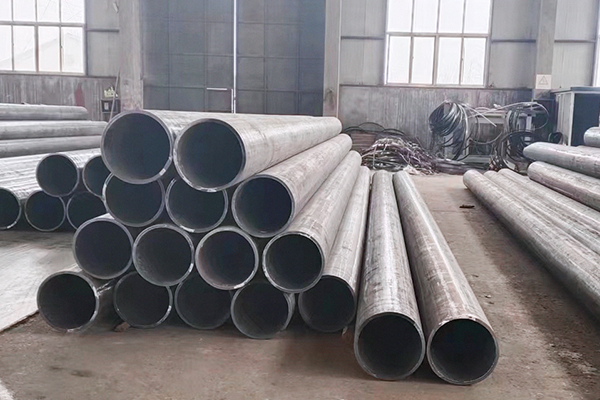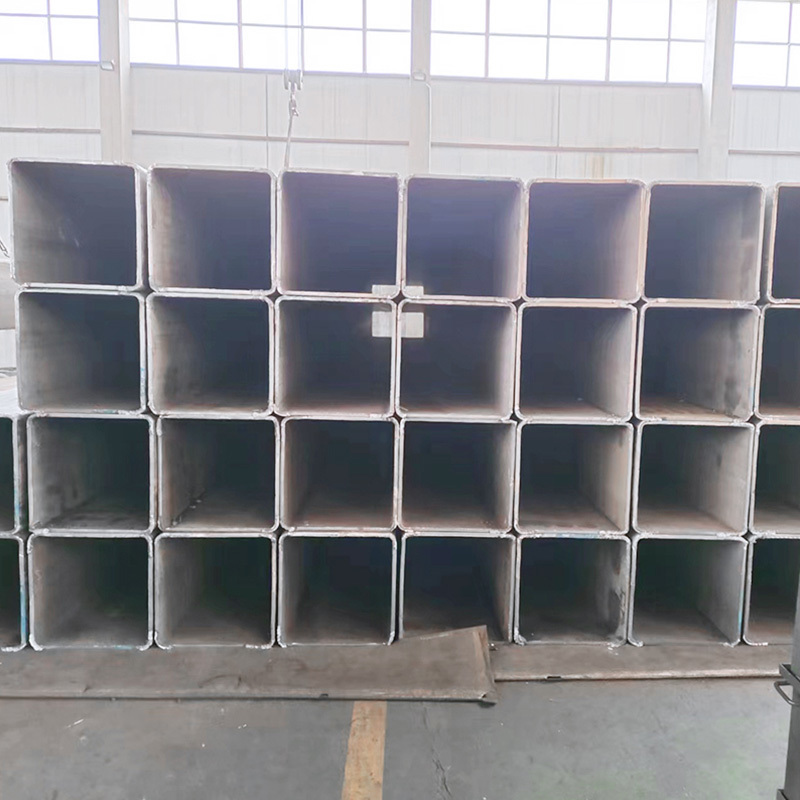Precautions For The Production Of Special-Shaped Steel Pipes
2024-08-23
1. Small longitudinal cracks
The small longitudinal cracks on the surface of special-shaped steel pipes are less than 200mm in length, less than 3mm in width, and less than 0.3mm in depth.
2. Peak cracks
All the cracks occur at 5-60mm from the edge of the lower surface of the special-shaped steel pipe. The macroscopic direction is perpendicular to the rolling direction and is in the shape of a "peak".
3. Edge cracks
The cracks mainly occur at 20-80mm from the edge of the special-shaped steel pipe. The shape is multiple parallel longitudinal cracks of different sizes. The rule is that the thicker and wider the specifications of the special-shaped steel pipe, the more serious such defects.
4. Inclusions and scars
Inclusions and scars are distributed regularly, and the phenomenon is obvious after edge flame peeling crack inspection or ingot scratch flame cleaning.
For the fiber structure and crystal defects such as dislocation and vacancy in steel, annealing or normalizing are generally used to eliminate them. The purpose of annealing is to refine the grains, eliminate structural defects, reduce hardness, improve plasticity, and facilitate cold processing. Annealing equipment is indispensable in the production of cold-drawn special-shaped steel pipes. Therefore, formulating a suitable annealing process is a necessary condition to ensure that the structure of the special-shaped steel pipe is qualified and the product does not have fracture defects.
Key words:
Square rectangular tube
RELATED INFORMATION
Advantages And Disadvantages Of Carbon Steel Pipes
2024-10-10
Commonly used pipe-making process for large-caliber steel pipes
2024-05-22








